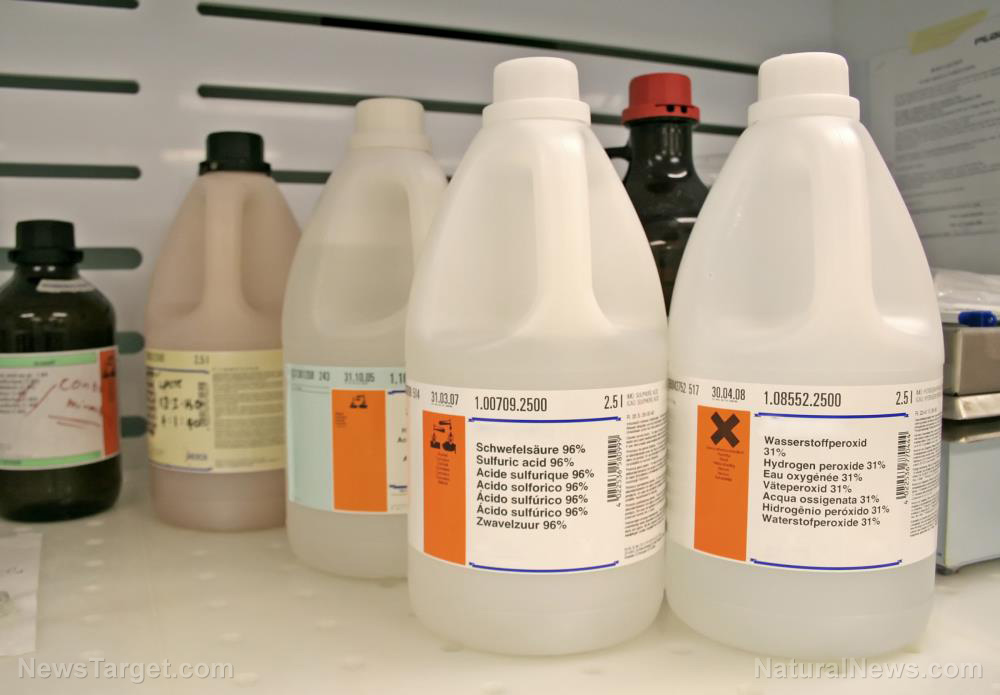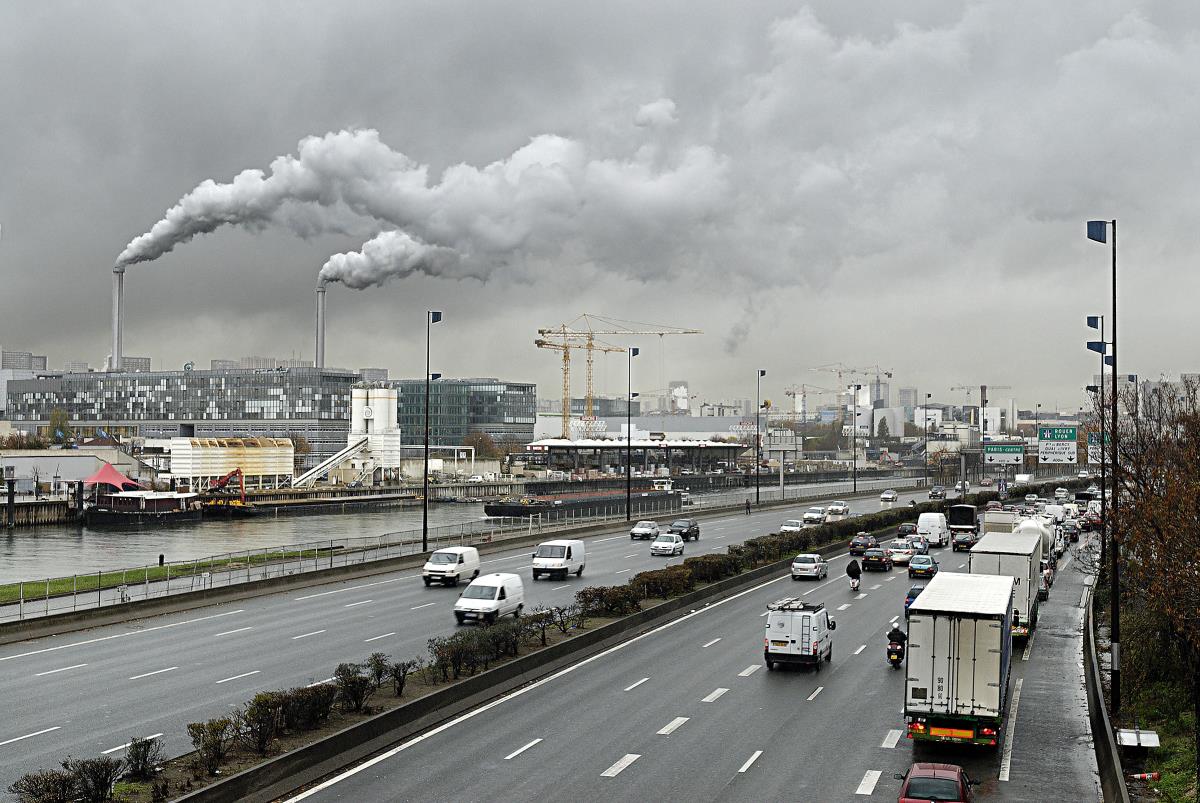
The study, which was published in the Journal of the American Society of Nephrology, explored how coarse particulate matter, that is, particulate matter 10 micrometers or less – commonly known as PM10 – as well as chemicals such as nitrogen dioxide (NO2) and carbon monoxide (CO), adversely affect the kidneys.
Studies have shown that fine particles – airborne and invisible pieces of dust, dirt, and other pollutants – can wreak havoc once it enters the bloodstream, and these can damage the heart, lungs, and other organs. Earlier studies have suggested this effect is also linked to kidney problems; however, the association between coarse particulate matter was unclear. (Related: Air Pollution Has Negative Effects on Heart Health.)
"Data on the relationship between air pollution and kidney disease in humans has been scarce," explained Dr. Ziyad Al-Aly, senior author of the study and a professor of medicine at Washington University. "However, once we analyzed the data, the link between air pollution and the development of kidney disease was clear."
In the current study, researchers looked at various databases, including those of the Environmental Protection Agency (EPA) and the Department of Veterans Affairs, to create a cohort of U.S. veterans. The team collected data on nearly 2.5 million people and 8.5 years' worth of data, beginning on October 1, 2003, to September 30, 2012. The data was then compared with air quality levels from the EPA as well as the National Aeronautics and Space Administration (NASA).
Data from the EPA, which was culled from land-based air-monitoring stations scattered across the U.S., indicated that 44,793 new cases of kidney disease and 2,438 new cases of kidney failure might be linked to air pollution levels, which exceeded the threshold of 12 micrograms per cubic meter of air. This information was then used to study the correlation between PM10, NO2, and CO concentrations and incidences of chronic kidney disease and end-stage renal disease.
To measure the risk of developing kidney disease, the estimated glomerular filtration rate (eGFR) was computed. For the study, the researchers looked at samples who have an eGFR of less than 60 mL/min per 1.73 square meters, and those who have posted an eGFR decline of 30 percent and more.
The researchers found that having increased concentrations of PM10, NO2 and CO was associated with an eGFR of less than 60 mL/min per 1.73 square meters. The risk of having chronic kidney disease also increased with higher concentrations of PM10, NO2, and CO. Moreover, an eGFR decline of more than 30 percent and the risk of getting end-stage renal disease also increased with exposure to PM10, NO2, and CO. A spline analysis pointed out a monotonic increase in PM10, NO2, and CO concentrations, which may be associated with the risk of kidney outcomes. This meant that even low levels of particulate matter may adversely affect the kidney and that those effects will only increase as pollution levels increase.
"The higher the levels of air pollution, the worse it is for the kidneys," said Al-Aly, who is also the VA's director of clinical epidemiology in St. Louis. "However, no level is completely safe. Even at relatively low levels, there was a relationship between particulate matter concentrations below the EPA thresholds and kidney disease."
Researchers concluded that being exposed to higher concentrations of PM10, NO2, and CO can increase the risk of incident chronic kidney disease, eGFR decline, and end-stage renal disease. While the risk of kidney disease and its development were more noticeable at levels where there was fine particulate matter concentration, the team expressed the need for further analysis – particularly on the broader impact of air pollution on the kidney disease worldwide.
Sources include:
Please contact us for more information.























